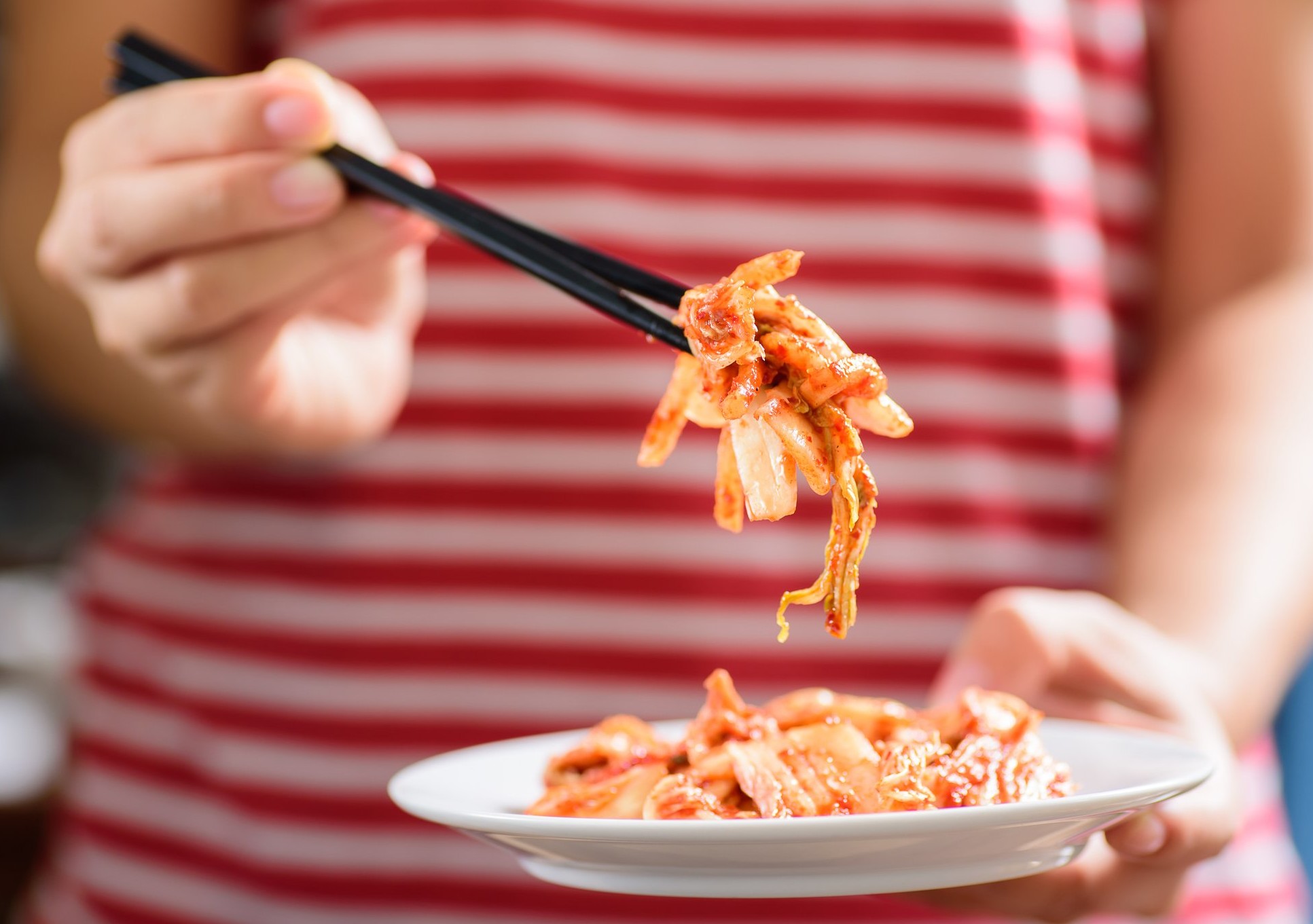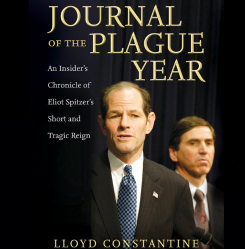There’s a killer in the Whitehouse. For those who don’t think so, it’s still a free country and no need to read further. The rest are well served to think Korean for a moment and act that way this fall, when we can cast our ballots.
 The only non-COVID-19 news that commanded attention this week were reports of the parliamentary elections in South Korea. In the midst of a resurgence of infections, hospitalizations and deaths there 66.2% of the eligible voted, the highest percentage since a full national election in 1992. That compares to the 49.3% of eligible Americans who voted in our apples to apples crucial 2018 Congressional elections (reported as a very high turnout) or the 55.7% that voted in the apples to oranges 2016 U.S. presidential election. Both of ours were conducted during “peacetime.”
The only non-COVID-19 news that commanded attention this week were reports of the parliamentary elections in South Korea. In the midst of a resurgence of infections, hospitalizations and deaths there 66.2% of the eligible voted, the highest percentage since a full national election in 1992. That compares to the 49.3% of eligible Americans who voted in our apples to apples crucial 2018 Congressional elections (reported as a very high turnout) or the 55.7% that voted in the apples to oranges 2016 U.S. presidential election. Both of ours were conducted during “peacetime.”
Masks were worn by Korean voters and poll workers. The streets leading to the polls were marked in meters to maintain social distancing. Fever screening was conducted. Those who passed were given sanitizing gel and gloves before voting. Those who failed, voted in a separate area.
 More than 11,000 quarantined Koreans were escorted to the polls, monitored by tracking apps and the “boxes” where they voted were sanitized after each voter had cast their ballot.
More than 11,000 quarantined Koreans were escorted to the polls, monitored by tracking apps and the “boxes” where they voted were sanitized after each voter had cast their ballot.
The United States lost 33,686 soldiers during the Korean conflict, sparing Koreans south of the DMZ the fate of their siblings to the north. South Korean voter participation during the pandemic shows a powerful commitment to their democracy and is a compelling token of gratitude for America’s sacrifice and ongoing commitment to the Peninsula. Given the stakes in the U.S. this fall, I’ll have what they’re having.



0 Comments